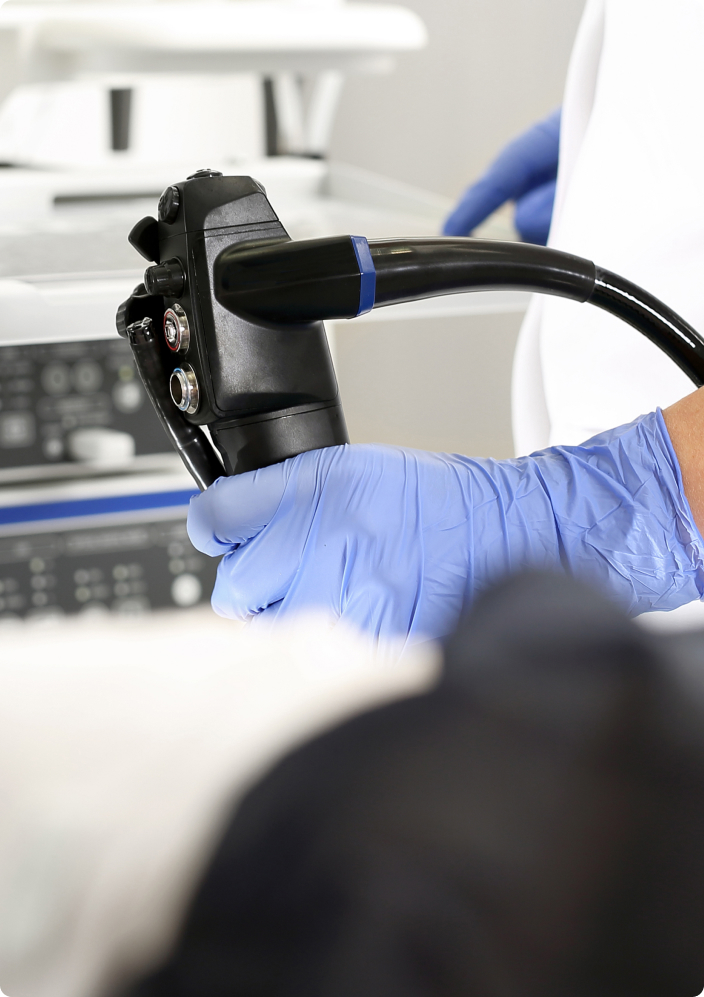
What is Minimally Invasive Surgery?

Minimally invasive, or laparoscopic, surgery differs from traditional open surgery by using just a few small incisions, microsurgical instruments and real-time imaging instead of larger, longer incisions that come with increased risks and a longer recovery time.
In laparoscopic surgery, carbon dioxide gas is then used to inflate the abdomen before a laparoscope - a thin, hollow tube with a camera attached - is inserted through one of the trocars to allow the surgical team to view the interior of the abdomen through the monitor.


When will minimally invasive surgery be used?
If you are suffering from colorectal conditions such as colon cancer and piles (haemorrhoids), we may recommend that you undergo minimally invasive surgery (where suitable) to treat them, as they tend to result in shorter recovery time and less risks.
These symptoms may suggest that you have a colorectal condition:
If you observe that you are experiencing the symptoms above, please visit an experienced surgeon for a detailed assessment.

Why is minimally invasive surgery recommended?
While minimally invasive surgery is generally a more advantageous method, it may not always be the best one for certain situations.
Speak to your doctor for personalized advice.
- Same results
- Shorter recovery
- Lowered risk of infection
- Less post-operative pain
- Shorter hospitalization stay
- A few tiny scars
- Same results
- Longer recovery
- Increased risk of infection
- Greater post-operative pain
- Longer hospitalization stay
- Long and visible scar
with minimal downtime and discomfort.



Mount Elizabeth Medical Centre, Singapore 228510











